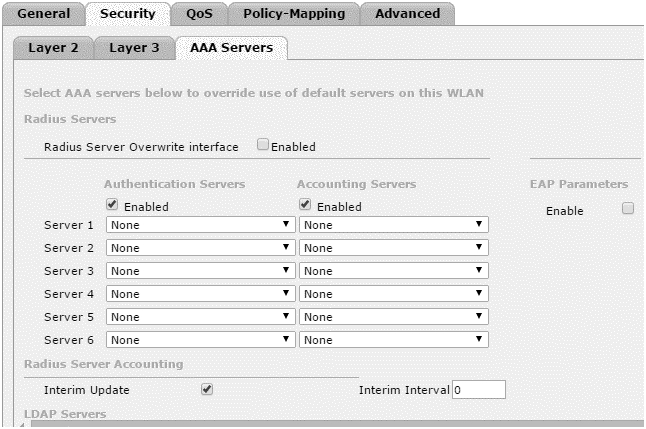
#How to confirm wep vs wpa vs 802.1x security using fiddler mac
WEP VS WPA VS WAP2 MACĮven this is only a weak defence against casual infiltrators because someone determined enough can still spoof the MAC of some other device on your network.Since the early days of being adopted, wireless networks have been considered insecure, unlike wired ones. To make wireless networks more secure and effective, Wi-Fi security protocols have been developed and undergone updates to compensate for security flaws. This article will focus on the four types of Wi-Fi security protocols, namely WEP, WPA, WPA2 and WPA3, and make a comparison among them to enable users to gain an in-depth understanding of Wi-Fi security while choosing wireless devices. If you log in to your wireless router or access point and check the wireless security section, it will present generally four options of Wi-Fi security protocols: Wired Equivalent Privacy (WEP), Wi-Fi Protected Access (WPA), Wi-Fi Protected Access version 2 (WPA2) and Wi-Fi Protected Access version 3 (WPA3). Stroll through the history of Wi-Fi security protocol upgrading, you will find out the characteristics of the wireless security protocols and get to know what fits you most. WEP stands for Wired Equivalent Privacy, and it was the first Wi-Fi security protocol approved in September 1999. It was initially expected to deliver the same security level as wired networks. A secondary function of WEP is said to prevent unauthorized access to a wireless network. However, it has been found that WEP is not as secure as desired. WEP is used at the two lowest layers of the OSI model – the data link and physical layers it therefore does not offer end-to-end security. Nevertheless, at that time, cryptographic technology was restricted and the Wi-Fi devices were limited to 64-bit encryption. Even though the limitation was broken through and increased to 128-bit, there were also many security issues in WEP that made the keys easy to crack.


Therefore, WEP, as a highly vulnerable wireless security protocol that can not bear its responsibility for protecting security, was finally replaced by WPA. In 2003, as WEP gradually performed its weakness, WPA was adopted by the Wi-Fi Alliance as an alternative for WEP. 256-bit encryption technology was introduced to WPA, which is an obvious increase compared with the 64-bit and 128-bit encryption in the WEP system. In the WPA standard, there is a diversity between the two modes: WPA-Enterprise and WPA-Personal, which use different encryption methods.


 0 kommentar(er)
0 kommentar(er)
